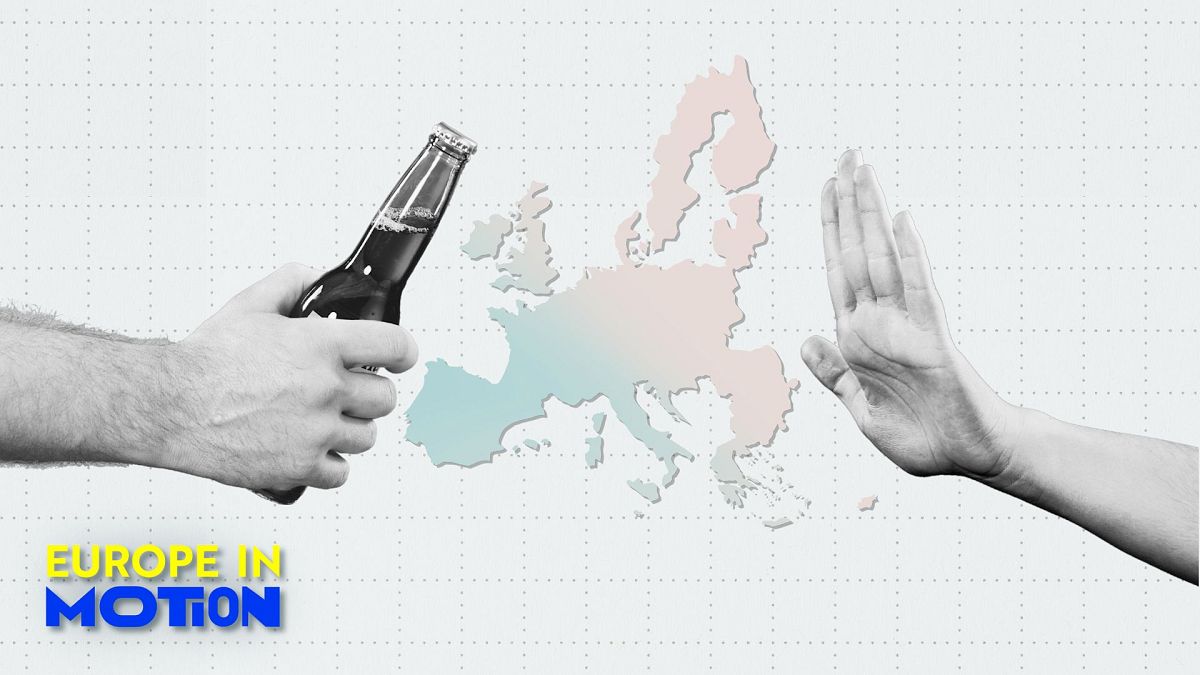In the ever-evolving world of technology, 2024 brought some exciting innovations alongside an alarming number of trends that expose the pitfalls of our current tech culture.
From overhyped AI gimmicks to privacy erosion and unsustainable hardware practices, here are some of the worst tech trends of 2024 that have frustrated consumers and industry leaders and are unlikely to abate next year.
1. Proliferation of Useless AI Tools
Generative AI dominated 2023, but by 2024, the trend spiraled into absurdity. Countless companies have rolled out AI-powered tools that address non-existent problems — or create entirely new ones.
AI now generates everything from poorly edited videos and unintelligible blog posts to automatically written emails that require human intervention to fix. Tools that claim to offer productivity boosts often result in inefficiencies because of their flawed outputs.
The flood of low-quality AI products has undermined trust in genuinely helpful AI innovations. Small businesses and consumers alike are overwhelmed by tools with overblown marketing promises.
Many of these deficient AI solutions add another layer of automation without offering real value. This overproduction has created noise, making distinguishing truly transformative tools from mere gimmicks harder.
2. Decline of Digital Privacy
Former Oracle CEO Larry Ellison once famously said, “Privacy is Dead.” However, privacy has been resurrected and killed more times than a Tyrannosaurus Rex in a “Jurassic Park” sequel.
Digital privacy continues to erode in 2024 as big tech companies push the boundaries of data collection under the guise of personalization. This year, the rise of AI-driven surveillance tools has become particularly concerning. Facial recognition is now integrated into everything from retail stores to public transportation systems without sufficient regulation or oversight.
Hyper-targeted ads across platforms and connected technologies have reached a tipping point. New technologies scrape data from various devices at unprecedented levels, often without users’ consent or precise opt-out options. For instance, smart home devices have increasingly come under fire for tracking conversations and usage patterns far beyond their intended purpose.
Perhaps most worrying is the resurgence of the “we’re improving your experience” excuse. Tech companies increasingly bypass GDPR-like protections by using convoluted terms of service agreements that make opting out prohibitively tricky. This unfortunate phenomenon sets a dangerous precedent for future interactions between consumers and technology.
3. Tech Subscription Fatigue
Most tech users will identify with this trend. In 2024, the “everything-as-a-service” model has reached absurd new heights.
From software to hardware, companies are turning more and more products into monthly subscriptions. Consumers are now paying subscriptions for products that were traditionally one-time purchases: car manufacturers charging for heated seats, printers requiring monthly fees to unlock ink usage, and even smart home locks demanding ongoing payments to access advanced features.
The subscription model has become synonymous with monetizing basic functionality. What started with streaming platforms has now spread to nearly every product category. It has become overwhelming, financially unsustainable, and increasingly frustrating for many consumers. Companies risk alienating their customer base by prioritizing recurring revenue over user experience.
4. Return of Vaporware and Overpromises
Tech companies have revived a troubling trend of overhyping products that don’t exist in usable forms. This year has been marked by grand promises of game-changing devices and services that either underdeliver or never materialize.
One example is the push for AI PCs, where marketing campaigns tout devices with unmatched capabilities that remain largely theoretical. Similarly, augmented reality (AR) platforms have made headlines, yet most consumers still lack meaningful use cases beyond demo videos and niche applications.
This trend mirrors the vaporware hype of the early 2000s, where buzzwords like “digital transformation” were attached to half-baked products. In 2024, buzzwords such as “quantum-ready” and “AI-powered” are increasingly slapped onto underdeveloped offerings to ride the tech wave, undermining consumer trust.
While I am optimistic about the rise of PCs (both Windows and Mac, x86, Arm or Apple Silicon-based) with integrated AI technology at the silicon level, the jury is still out if mainstream consumers have drunk the AI Kool-Aid.
5. E-Waste From Unnecessary Upgrades
The unsustainable tech upgrade cycle will worsen in 2025. Major hardware manufacturers continue to push minor annual refreshes of devices while retiring older models earlier than necessary. Smartphones, laptops, and wearables now seem designed for obsolescence, forcing users to replace functional devices far too soon.
This approach has generated alarming levels of electronic waste. Consumers face limited repair options as companies lock down parts and restrict third-party fixes, leading to devices being thrown away rather than repaired. Additionally, the push for disposable devices contradicts the industry’s public commitments to sustainability.
In parallel, new hardware launches often emphasize gimmicky features, like foldable screens or AI-generated wallpapers, that offer little utility. Meanwhile, genuine performance improvements are increasingly incremental, leaving users questioning whether upgrades are worth the cost.
6. Dystopian Applications of AI Surveillance
AI surveillance tools have seen rapid adoption, particularly in workplaces and schools. Employers increasingly turn to AI monitoring software to track productivity by analyzing keystrokes, screen activity, and facial expressions. This invasive approach erodes trust between employers and employees while normalizing intrusive surveillance practices.
Similarly, schools have begun implementing AI tools to monitor students’ attention and behavior, often with flawed algorithms. These technologies reinforce punitive environments and disproportionately impact vulnerable communities. Critics argue that such systems prioritize control over genuine engagement or well-being.
7. Social Media’s Algorithmic Decline
Social media algorithms in 2024 have become worse than ever, prioritizing engagement metrics over quality content. Platforms are flooded with clickbait, misinformation, and sensationalized posts designed to keep users scrolling endlessly. Genuine connection — once the core promise of social media — has been replaced by a relentless pursuit of ad revenue.
Adding insult to injury, platforms have ramped up the push for paid verification and algorithmic boosts, forcing creators to pay for visibility. This pay-to-play model exacerbates inequality in content discovery, pushing smaller creators to the margins.
Conclusion: A Call for Responsible Innovation
While technology has the potential to improve lives, 2024 has brought forth trends that emphasize profit, surveillance, and short-term gains over long-term innovation and ethical considerations.
From the glut of useless AI tools to worsening e-waste and dystopian surveillance practices, it’s clear that the tech industry needs a course correction.
Consumers, regulators, and innovators alike must push for responsible, meaningful advancement since ignoring it will allow these trends to define the future of technology.
Read the full article here


















